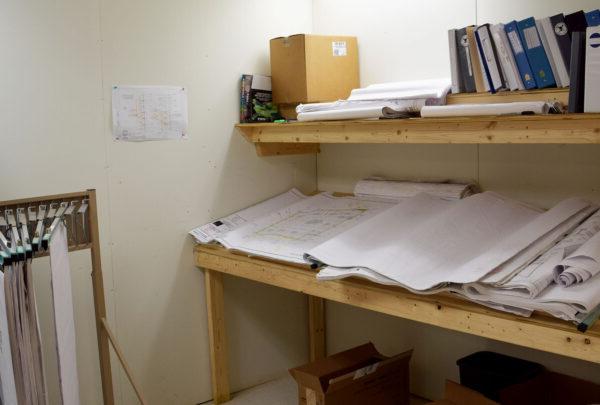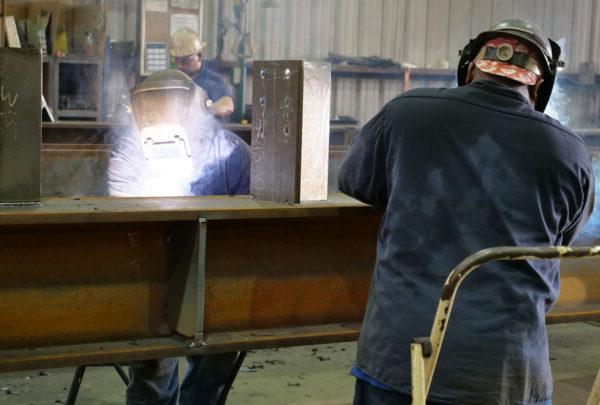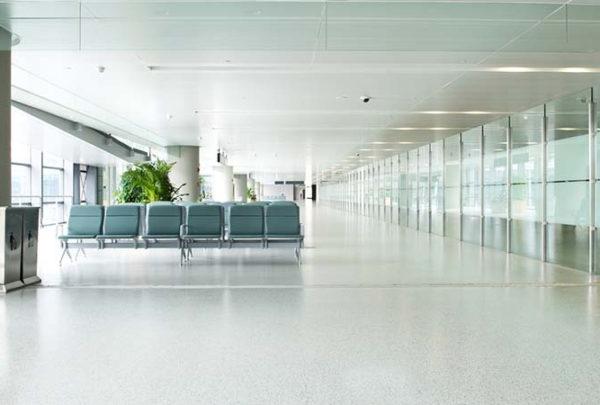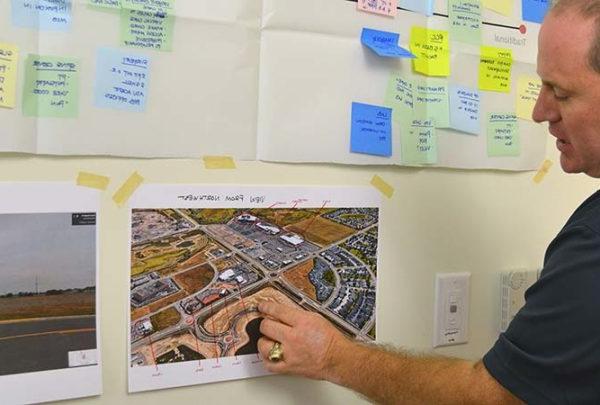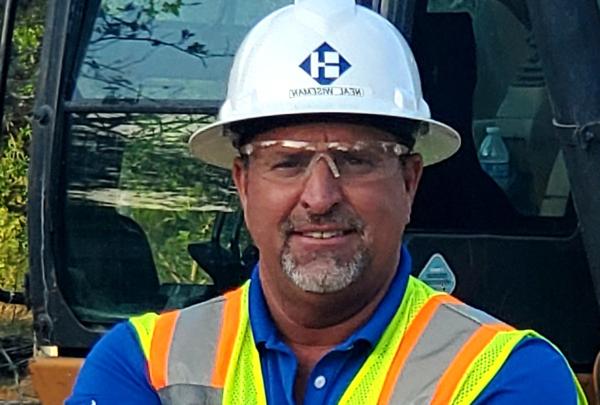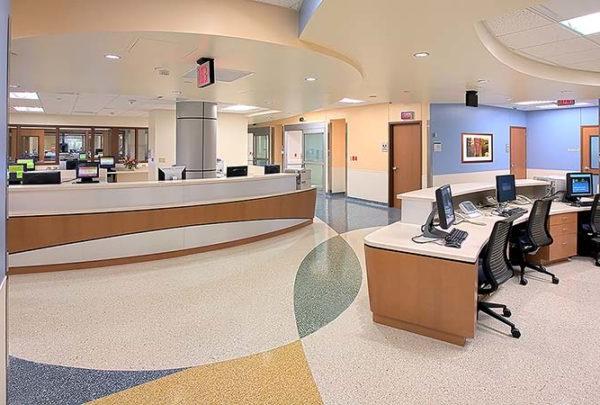Curly: Do you know what the secret of life is? [holds up one finger]
Mitch: Your finger?
Curly: One thing. Just one thing. You stick to that and the rest don’t mean anything.
Mitch: But what is the “one thing”?
Curly: That’s what you have to find out.
In the movie City Slickers, Curly, played by Jack Palance, told Billy Crystal’s Mitch Robbins that he had to identify and focus on that one thing. The “one thing” applies in a lot of situations, personally and professionally.
This is my one thing in behavioral health design.
Behavioral health, more than any other environment of care, presents the designer with the most difficult challenges to provide a nurturing and safe physical environment to enhance the care provided for these patients. The profession has developed basic guidelines for the built environment, but individual patient acuity can vary to extremes—patients dealing with short-term occurrences or debilitating lifelong conditions. How is a designer to know?
Listening
A physician cautioned me once that behavioral health patients need the professional care provided by the facility staff, but these patients are smart people with a lot of time on their hands, and they can become very inventive. You start out with trying to think of all the “frat boy” tricks that the patients can invent. Thinking of ways that a patient can harm themselves or others is counterintuitive to the inexperienced designer.
But you soon realize that this is not about tricks; you’re actually dealing with the reality that on rare occurrences patients will try to harm themselves—seriously, even fatally—or harm their caregivers.
So what’s the one thing that will help you know? Ask the caregivers and listen to what they say. Ask questions to provoke a response from the caregiver and then expound on that to ascertain how the built environment can mitigate most of the detrimental issues of the built environment.
Simple features like a door swinging into the travel path of a caregiver can become an implement to harm the staff; a door can be kicked with enough force to break the staff member’s arm. The graphite from a pencil can short out an electrical outlet, providing a way for the patient to harm themselves. A solution is to switch the electrical service to the outlets and lights in a patient room by a keyed switch in the corridor.
By listening to the staff’s stories, the designer can devise a design that limits exposure to conditions that enable patients to cause harm. No solution will provide a foolproof environment, but we need to eliminate as many hazards as possible.
Balance
While the design of behavioral health units has to ensure the safety of patients and caregivers, it needs to be balanced so it is not a prison-like environment. The approach to a behavioral health facility needs to have a calming effect on the patient. A cold, forbidding façade may agitate a patient, while a façade that presents a more residential and warm presence may help alleviate anxieties. It may not have much effect, but any help in keeping a patient calmer is a success.
The professional guidelines and the licensure requirements of the state dictate everything from room sizes to finishes and surfaces. The State of New York Office of Mental Health’s “Patient Safety Standards, Materials and System Guidelines” is a great resource, as is the Facility Guidelines Institute’s “Behavioral Health Design Guide.” These resources and an understanding of the protection needed in the areas where the patients are not observed—like their rooms, community areas for group sessions or day room relaxation, or the clinical areas for individual treatment—will go a long way in developing the environment of care needed for the behavioral health patient.
A successful design complies with the various agency requirements and provides an environment of care that is pleasing to patients and safe for patients and staff. By listening to staff members, you will be able to develop a design that is based on the behaviors of patients they have treated and their insights about the anticipated progression of the acuity of their patients for the future.

